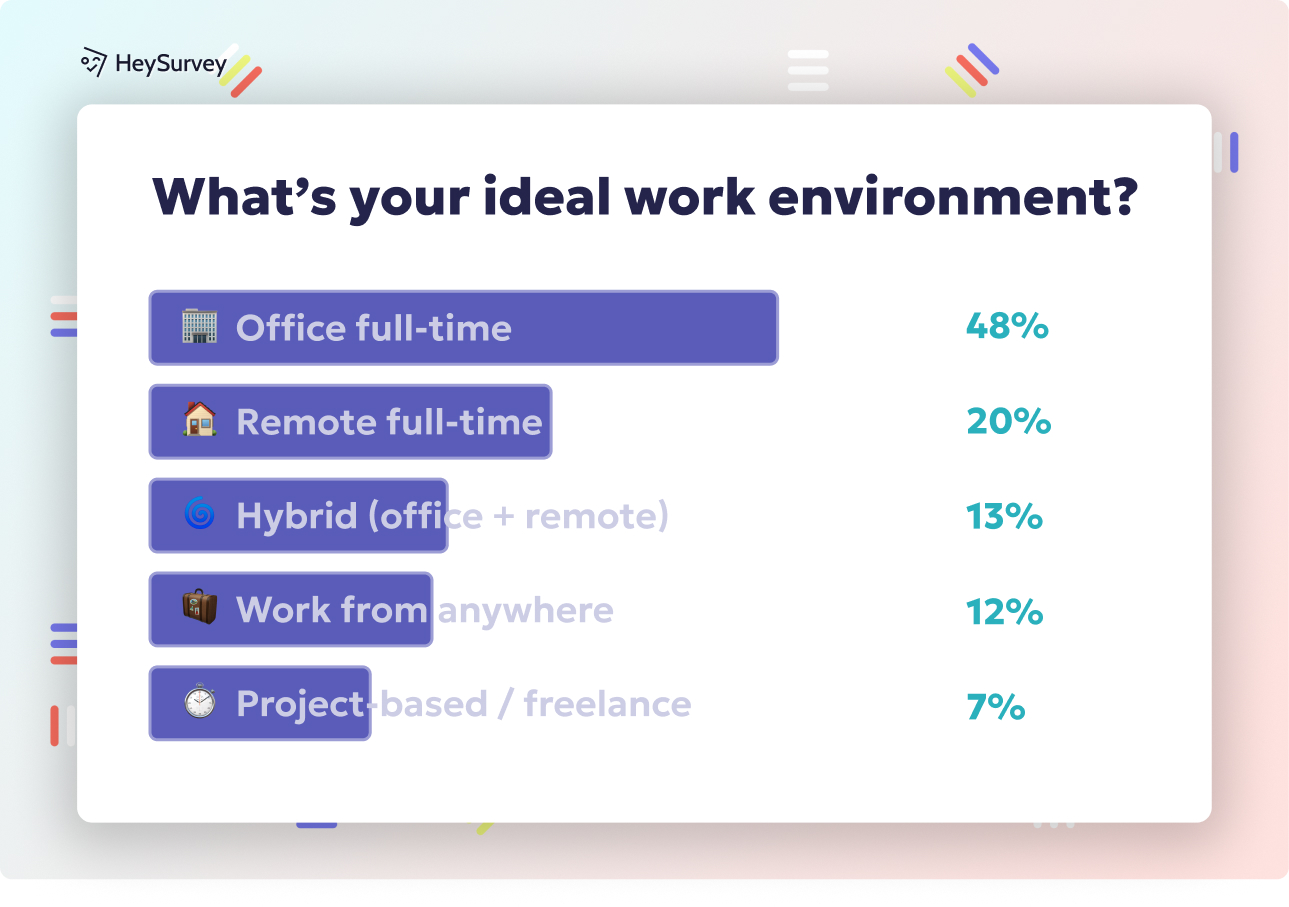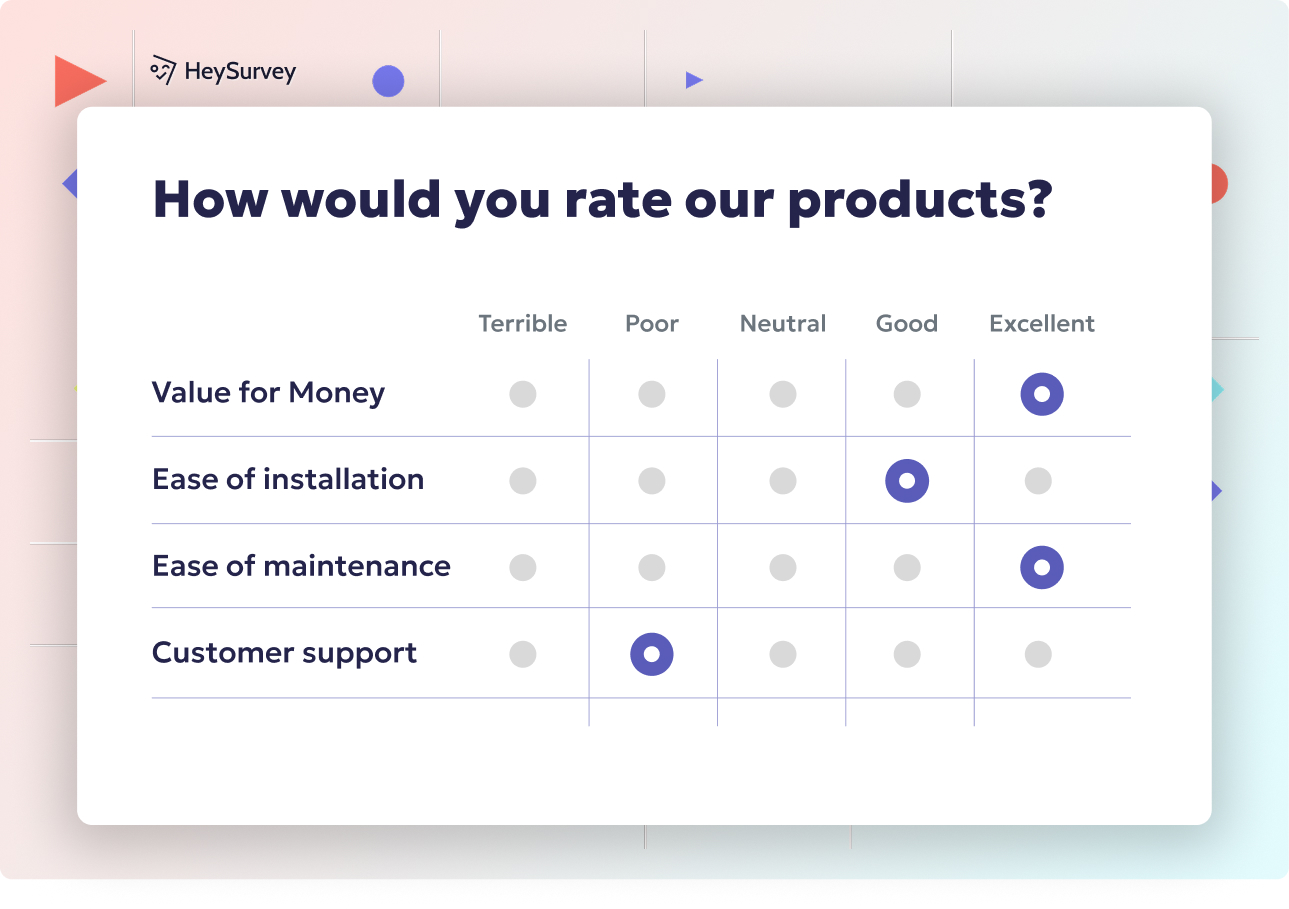31 Board Survey Questions: Guide to Evaluating Board Performance
Discover 28 essential board survey questions across seven types to enhance board evaluation, effectiveness, and governance performance.
Good boards don’t happen by accident—they’re sculpted by clear feedback, bold questions, and a bit of honest reflection. Board survey questions don’t just collect data; they open doors to better governance, sharper strategy, and greater trust. Let’s explore the seven super-charged types of board evaluations that empower directors to lead with clarity, build top-performing teams, and inspire confidence throughout the organization.
Board Self-Assessment Surveys
Why & When to Use
When board members take time for self-assessment questionnaires for board members, it’s more than an annual ritual—it’s a tune-up for governance. These surveys shine brightest at the start of the board calendar, during onboarding of new directors, or ahead of a strategic retreat.
Use them when you need honest reflection and a temperature check on director readiness. - Annual cycles provide helpful benchmarks and help directors track growth. - Onboarding yields insights for targeted training. - Pre-retreat diagnostics highlight skills that need sharpening or gaps in strategic thinking.
Self-assessment surveys encourage directors to consider their own contributions, understand evolving responsibilities, and spot training opportunities before the wheels start to wobble. They nurture a transparent culture where learning is prized over perfection.
Five Sample Self-Assessment Questions
How well do you understand the organization’s long-term strategic plan?
How confident are you in your ability to fulfill your fiduciary duties?
Are you proactive in staying informed of industry trends that impact the board?
Do you regularly provide constructive feedback during meetings?
How prepared do you feel when attending board meetings?
Directors who reflect regularly are more likely to challenge assumptions, spot risks early, and serve as stewards—not just seat fillers. A robust self-assessment questionnaire for board members is the secret to sustainable governance and engaged leadership.
Only 43% of directors consider their board's self-assessment process to be very effective, highlighting the need for more meaningful evaluations. (corpgov.law.harvard.edu)
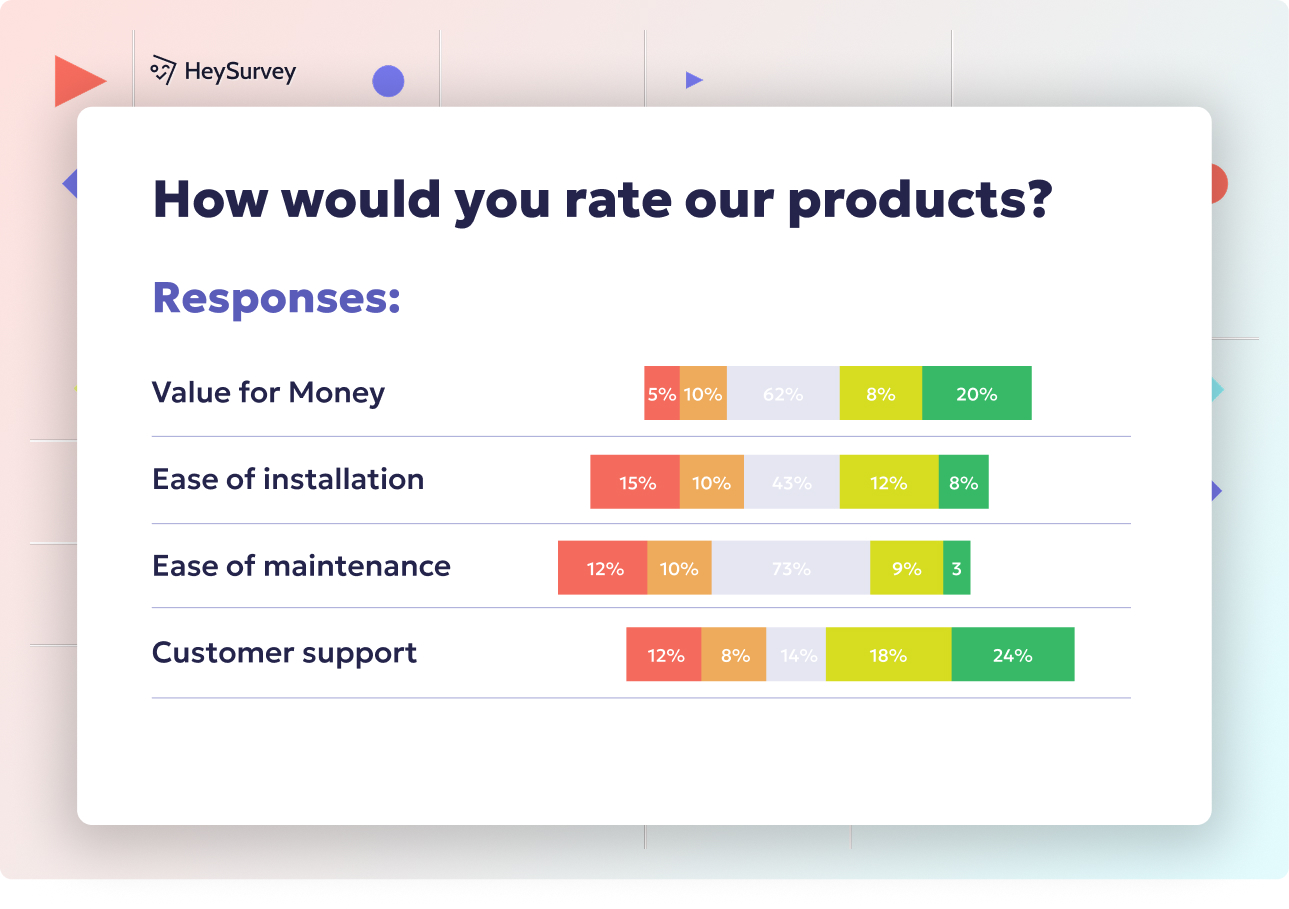
Creating your board survey with HeySurvey is a breeze—even if you’re new to the platform. Follow these three easy steps to set up, customize, and share your survey in no time. Ready to start? You can jump right into a template using the button below these instructions.
Step 1: Create a New Survey
- Head to the HeySurvey website and select “Create New Survey.”
- You can choose an empty sheet to build from scratch or pick a pre-built template related to board surveys for a flying start.
- Give your survey an internal name so you can find it easily later.
That’s it for the kickoff! Your survey shell is ready to be filled with golden questions.
Step 2: Add Your Questions
- Click “Add Question” either at the top or between questions if you already have some.
- Choose the question type: Single-choice, multiple-choice, scale, text input—whatever fits your board evaluation perfectly.
- Enter your board survey questions, such as those around self-assessment or meeting effectiveness.
- Mark important questions as required to ensure key insights aren’t missed.
- Spice it up with images or descriptions if you want to make questions pop.
Bonus tip: Use branching to direct respondents to relevant questions based on their answers, keeping the survey sharp and relevant.
Step 3: Publish Your Survey
- Hit “Preview” to test your survey and make sure all questions flow nicely.
- Once satisfied, Publish the survey to get a sharable link.
- You’ll need to sign up or log in for publishing, but don’t worry—it’s quick and free.
- Share the link with your board members or stakeholders and start collecting responses immediately.
Bonus Steps: Make it Truly Yours
- Apply Branding: Upload your organization’s logo and tweak colors and fonts in the Designer Sidebar to match your corporate style.
- Define Settings: Set start/end dates, response limits, or a redirect URL after survey completion for a smooth experience.
- Branching and Endings: Add smart branching paths to tailor the survey to individual responses and create custom endings to thank respondents with style.
That’s all you need to build a professional, insightful board survey that’s easy to distribute and analyse. Start now by opening a ready-to-go template below!
Board Effectiveness (Collective Performance) Surveys
Why & When to Use
A board effectiveness survey looks at the forest, not just the trees. It gauges the board’s collective performance, probing group decision-making, value delivery, and risk oversight.
Deploy these surveys post-merger to see if merged cultures and priorities have gelled. They're also invaluable after regulatory changes or rapid organizational growth. These moments can expose gaps in collective focus or muddled strategy.
- Use after periods of major change to assess if the board’s compass is still true.
- Trigger after new governance policies to see if director practices align.
- Periodically, to guard against drift or complacency in strategic focus.
The results provide a launch pad for conversations about boardroom dynamics, committee coordination, and the overall direction-setting process.
Five Sample Board Effectiveness Survey Questions
Does the board devote adequate time to strategy versus operational issues?
Is the board effective in monitoring and mitigating major business risks?
How well does the board leverage the collective expertise of its members?
Are discussions productive, leading to clear and actionable outcomes?
Does the board self-correct when effectiveness issues are identified?
Better answers to these board effectiveness survey questions mean a smarter, nimbler board—one that’s always ready to leap into action or pivot when duty calls.
Only 29% of executives rate their board's overall effectiveness as good or excellent, highlighting significant room for improvement. (conference-board.org)
Board Skills & Competency Matrix Surveys
Why & When to Use
Remember, board skills matrix surveys are the superhero utility belts of governance. They map expertise on the current board against future needs, making invisible gaps visible.
Leverage these when succession planning, prepping for an IPO, or undertaking a digital transformation. When the organization is scaling up or diving into new markets, board skills must keep up.
- Plan ahead for director retirements or planned departures.
- Align skills with strategic growth initiatives like M&A or expansions.
- Anticipate future board requirements (think: cyber threats or global markets).
A thorough skills assessment transforms seat-warmers into asset-owners—every member pulling their weight in specialized fields.
Five Sample Board Skills & Competency Matrix Questions
Rate your proficiency in cybersecurity oversight.
How familiar are you with current ESG standards relevant to our organization?
How comfortable are you interpreting complex financial statements?
Assess your understanding of digital transformation trends in our sector.
How skilled are you in crisis communication and brand management?
Board skills matrix survey insights help fill the gaps, from technology expertise to stakeholder engagement, creating a dynamic board ready for anything the future throws their way.
Board Meeting Evaluation Surveys
Why & When to Use
Ever had a board meeting that dragged on endlessly or ended with more confusion than clarity? Board meeting feedback questions target exactly these scenarios.
Use after every quarterly session or retreat, and always when meetings lose their spark. These surveys ensure every meeting runs as a well-oiled—and occasionally fun—machine. - Monitor on-time starts, agenda discipline, and efficient time use. - Ensure pre-read materials are distributed with enough lead time. - Double-check that everyone’s voice is heard and decisions stick.
If meetings routinely descend into confusion or rabbit holes, it’s time for an honest feedback loop. A recurring survey spotlights both quick wins and deeper structural fixes.
Five Sample Board Meeting Feedback Questions
Were pre-read materials distributed in sufficient time?
Did the meeting agenda reflect key priorities and focus areas?
Was there adequate participation from all members?
Were the meeting objectives and outcomes clear by the end?
Did the chair effectively facilitate and manage discussions?
Turn good intentions into great results with board meeting feedback questions that fine-tune logistics, boost engagement, and make every agenda meaningful.
Effective board evaluations should focus on continuous improvement and board excellence, enhancing dynamics, composition, oversight, and practices. (corpgov.law.harvard.edu)
Board Culture & Dynamics Surveys
Why & When to Use
The magic—or mayhem—of a boardroom lives in its culture. A board culture survey explores the unseen electric currents: trust, diversity of thought, openness, and psychological safety.
Unleash these surveys when you suspect groupthink, plan a board refresh, or sense rising tensions. They’re perfect after conflict or when routine has dulled sharp debate.
- Use after contentious meetings or persistent silence.
- Deploy during times of board refresh to ensure diversity and inclusion take root.
- Monitor psychological safety: can directors bring bold ideas without fear?
Digging into board culture isn’t just fluffy stuff—it’s the difference between compliance and creative, constructive challenge.
Five Sample Board Culture & Dynamics Survey Questions
How comfortable are you challenging prevailing opinions during meetings?
Do all members feel included in key discussions?
Is there a climate of trust and mutual respect among members?
Are diverse perspectives actively solicited and valued?
How well does the board handle conflict and dissenting views?
A vibrant board culture survey uncovers the secret sauce—or sticky glue—of high-functioning boards, empowering directors to challenge, support, and grow together.
Board Committee Performance Surveys
Why & When to Use
Committees are where much of the heavy governance lifting happens. Committee self-evaluation questions let Audit, Compensation, Governance, and other teams dig into their core responsibilities and performance.
Leverage them during committee charter reviews, regulatory mandates, or after a significant crisis. When the stakes are high—or after a big miss—fresh evaluation can make all the difference. - Use after annual committee reporting cycles and risk assessments. - Measure alignment of committee agendas to the broader board vision. - Pinpoint areas where committee processes bog down or information isn’t timely.
These targeted assessments ensure committees do more than just check boxes—they lead with insight and initiative.
Five Sample Board Committee Performance Survey Questions
Does the Audit Committee receive risk reports in a timely manner?
Are committee agendas appropriately aligned with the organization’s strategic goals?
Does the committee review and update its charter regularly?
Is there adequate communication and coordination with other committees?
How effective is the committee chair in guiding productive discussions?
Empowered committees—sharpened by committee self-evaluation questions—create boardrooms where no detail is missed and every issue gets expert attention.
Stakeholder (Management & Shareholder) Feedback Surveys on Board Performance
Why & When to Use
For a truly holistic pulse, seek outside-in wisdom through a shareholder survey about board performance. It’s the ultimate test: do executives, investors, and key partners believe in the board’s leadership?
Deploy during proxy season, in the shadow of activist campaigns, or when shifting corporate direction. These surveys are the voice of those with skin in the game and an eye on the horizon. - Gather feedback before major AGMs or proxy battles. - Use when shareholders or management signal concerns about strategy. - Deploy after new capital or operational pivots for unbiased feedback.
Combining internal and external perspectives provides a clearer, more honest reflection than any mirror alone.
Five Sample Stakeholder Feedback Survey Questions
How effectively does the board communicate long-term value creation plans?
Do you feel the board is responsive to shareholder questions and feedback?
Has the board demonstrated oversight during key strategic decisions?
Are key risks and opportunities communicated transparently to stakeholders?
How well does the board represent stakeholder interests in its actions?
Smart boards use a shareholder survey about board performance to turn criticism into progress and silence into shared celebration.
Best Practices: Dos and Don’ts for Crafting & Administering Board Surveys
Best practices for board surveys elevate evaluations above mere compliance. Here’s what sets effective surveys apart:
Ensure anonymity; directors and stakeholders should feel safe to be honest.
Set a clear frequency for each survey type (e.g., annually, post-meeting, or after change events).
Benchmark responses against historical data and sector peers for real insights.
Craft action plans based on findings, not just “file-and-forget” reports.
Create feedback loops: report back, discuss outcomes, and act on recommendations.
Customize for context—one-size-fits-all surveys miss critical nuances.
Here are some classic survey potholes to avoid:
Avoid leading or ambiguous questions that skew results.
Don’t overload directors with surveys (survey fatigue is real—and dangerous).
Never skip the follow-up; acting on feedback is the heart of the improvement cycle.
Keep surveys concise but impactful. Twenty-seven pages of questions don’t inspire anyone!
Don’t treat surveys as box-ticking. Spark discussion, not just data.
Follow these best practices for board surveys and you’ll transform feedback from a dreaded chore to a strategic superpower—fueling better boards and bolder results.
Conclusion & Next Steps
Every type of board survey brings its own unique benefits—from honing individual skills to building trust, measuring effectiveness, and unlocking fresh perspectives. Prioritize meaningful action on results, revisit surveys regularly, and foster a spirit of honest reflection. For those ready to level up, download a template, schedule a governance review, or consult with governance experts. Keep your board in top form by making board survey questions an essential part of your improvement toolkit.
Related Leadership Survey Surveys
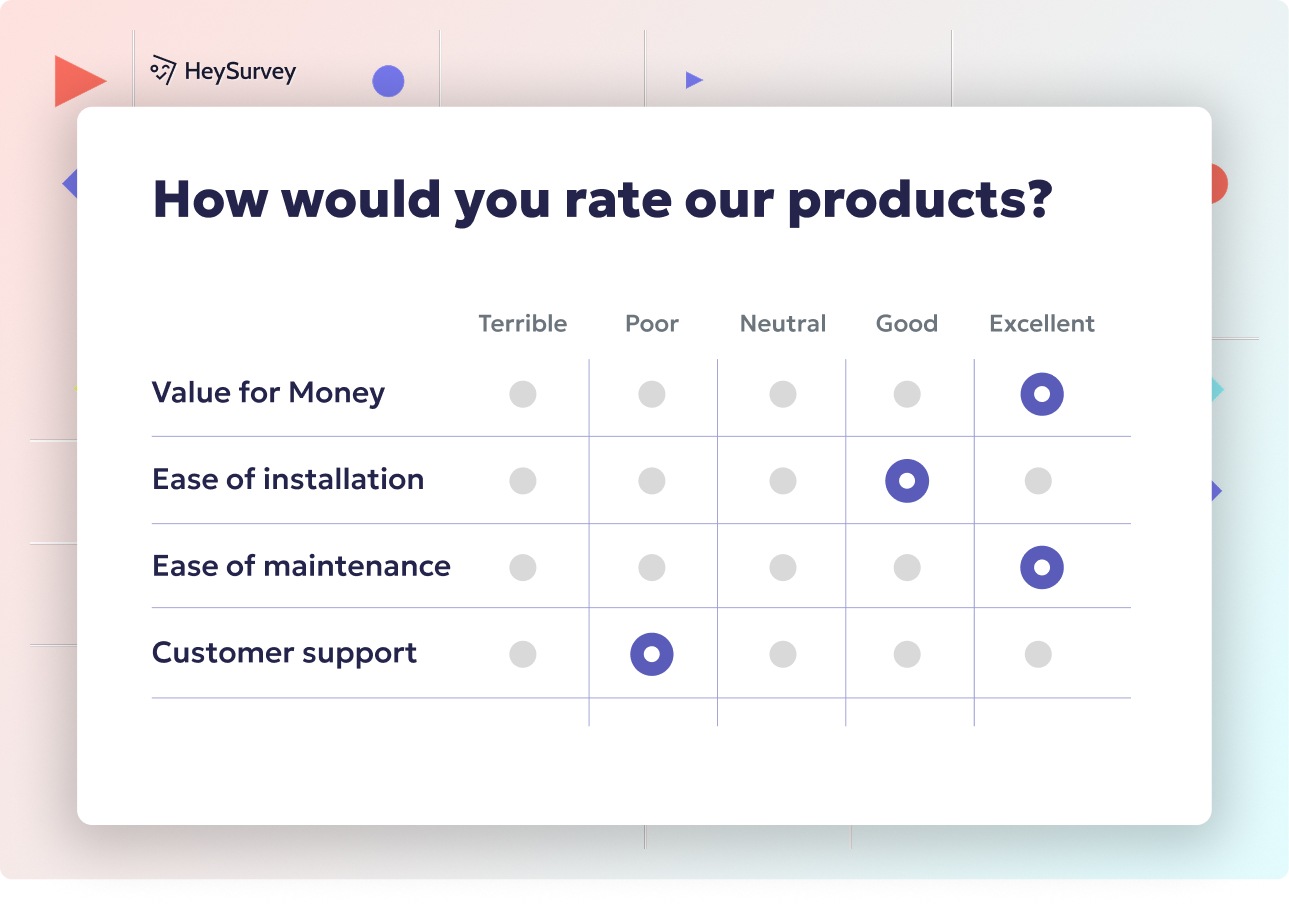
25 Principal Survey Questions for Teachers to Improve Leadership
Discover 30 principal survey questions for teachers, including Likert-scale, open-ended, and NPS ...
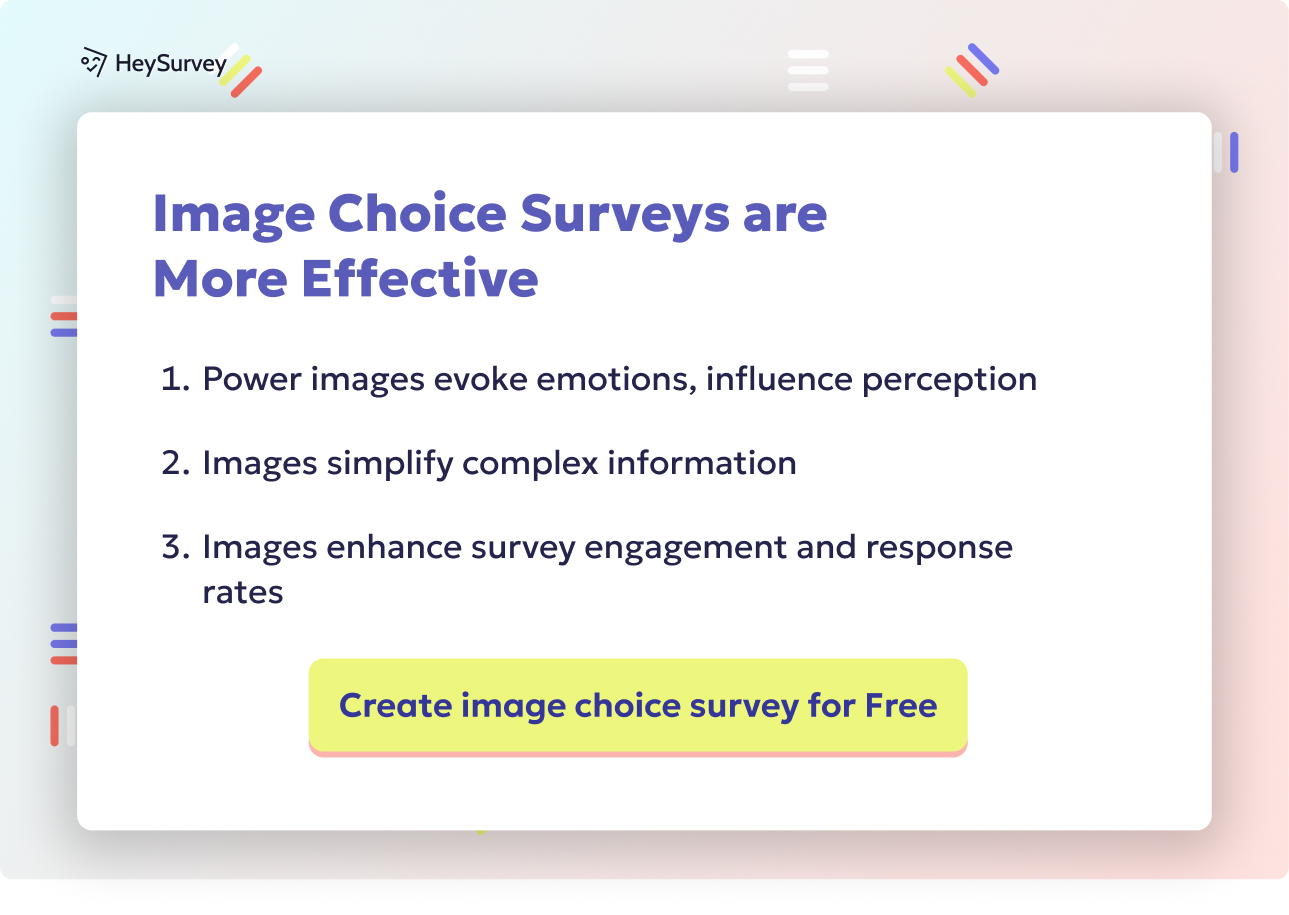
30 Leadership Survey Questions to Assess and Improve Effectiveness
Explore 30 detailed leadership survey questions with insights on assessing leadership effectivene...
